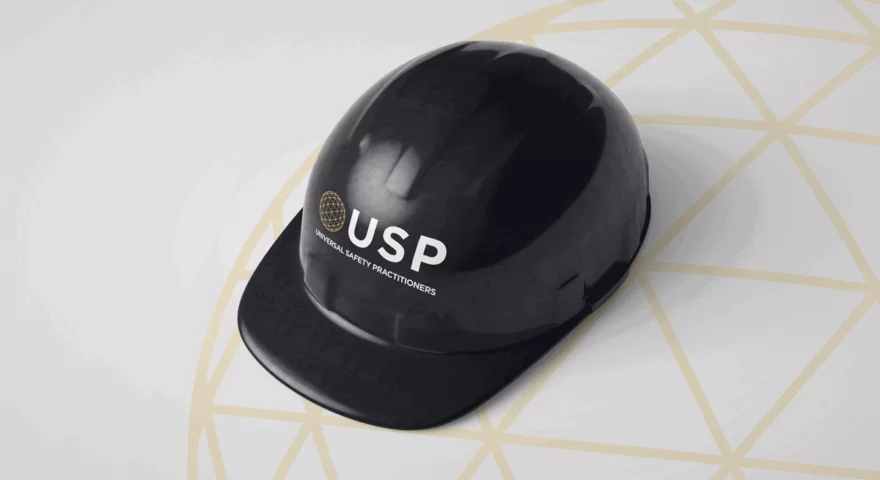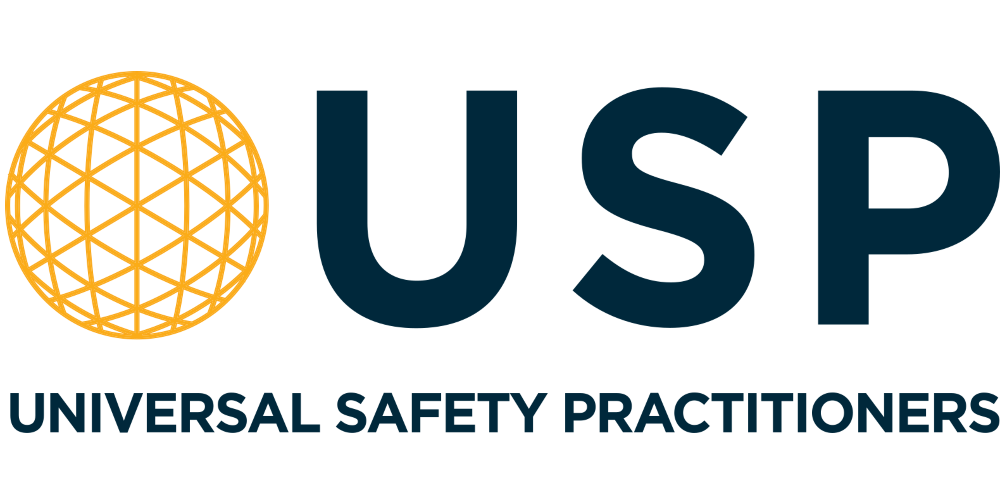Selecting a Qualified Health and Safety Consultant


Health and safety. As a business owner or leader, a responsible person in any capacity, it’s a part of your job; and speaking frankly, what could be more important than ensuring the safety of your workforce? When it comes to choosing a qualified health and safety consultant with whom to partner, it’s no secret: you’ve got some research to do.
Selecting a qualified health and safety consultant is no mean feat; there’s no shortage of horror stories to be found online from businesses and individuals alike who have fallen foul to companies who don’t have the qualifications they claim, or simply receive ‘bad’ advice. In order to find a health and safety consultant you can trust – one who has your best interests at heart, truly – here are the key things you absolutely need to know:
1. What qualifications do they hold and from whom?
They might look like random letters after a person’s name – but they carry real meaning when it comes to the world of health and safety.
In an industry so highly regulated, so dependant on compliance from every angle, a qualified health and safety consultant is one who takes it seriously – and has the certifications to prove it. Understand which professional body they’re a part of and define their competence through paperwork, as standard practice.
Don’t be afraid to dig deeper into the company’s background and request proof of their qualifications; any individual or H&S consultancy worth its salt not only keeps these to hand, but will proudly display them upon request. When you’re selecting a qualified health and safety consultant to partner with, make sure they’re exactly that.
2. What experience do they possess?
If you were hiring a marketing agency, a new cleaner, or any other service for that matter, you’d ask about their background and, furthermore, expect to be presented with some form of ‘proof’ when it comes to their experience and past successes. Whether it comes in the form of a reference, testimonial or even an in-depth case study from a previous client, it’s imperative to at the very least understand, if not authenticate, any health and safety consultant’s experience.
Don’t hesitate to ask for examples of similar projects, scenarios or issues they’ve faced; you’ll soon get an idea as to whether the scope of your business’ needs match their experience, and whether their know-how matches your expectations of a qualified health and safety partner. If you’re unsure still or want tangible proof of their experience, ask to read their reviews, speak to a client of theirs or peruse a case study (a detailed record of a successfully completed past project) to reiterate their expertise.
3. What processes do they follow?
In the world of health and safety consultancy, everyone has their own way of working – it’s no different to how each business operates differently. As such, it’s important to get to know the health and safety business you’re considering partnering with, to understand if you’re going to mesh in terms of process and execution.
Working with a large health and safety consultancy versus a small has its pros and cons, and vice versa. Either way, understanding how both go about conducting their work in your workplace is crucial to building a strong, longstanding business relationship.
As recently as June of this year, a health and safety consultant was fined for offering incompetent advice to a number of businesses as to their health and safety management. It’s something we see all the time and, as health and safety consultants in our own right, have every intention of reducing the rate of.
When you partner with USP, you can rest assured that we’ll provide you answers to all of the above – and back it all up with excellence in service, each step of the way. Our staff are highly-qualified (with the acronyms to prove it!), our experience vast and varied. And as for how we work? We work around you, our clients; it’s our job to make your health and safety compliance a priority, whichever way we need to.
To partner with a qualified health and safety consultant who takes safety as seriously as you do, get in touch with the team at USP today.
